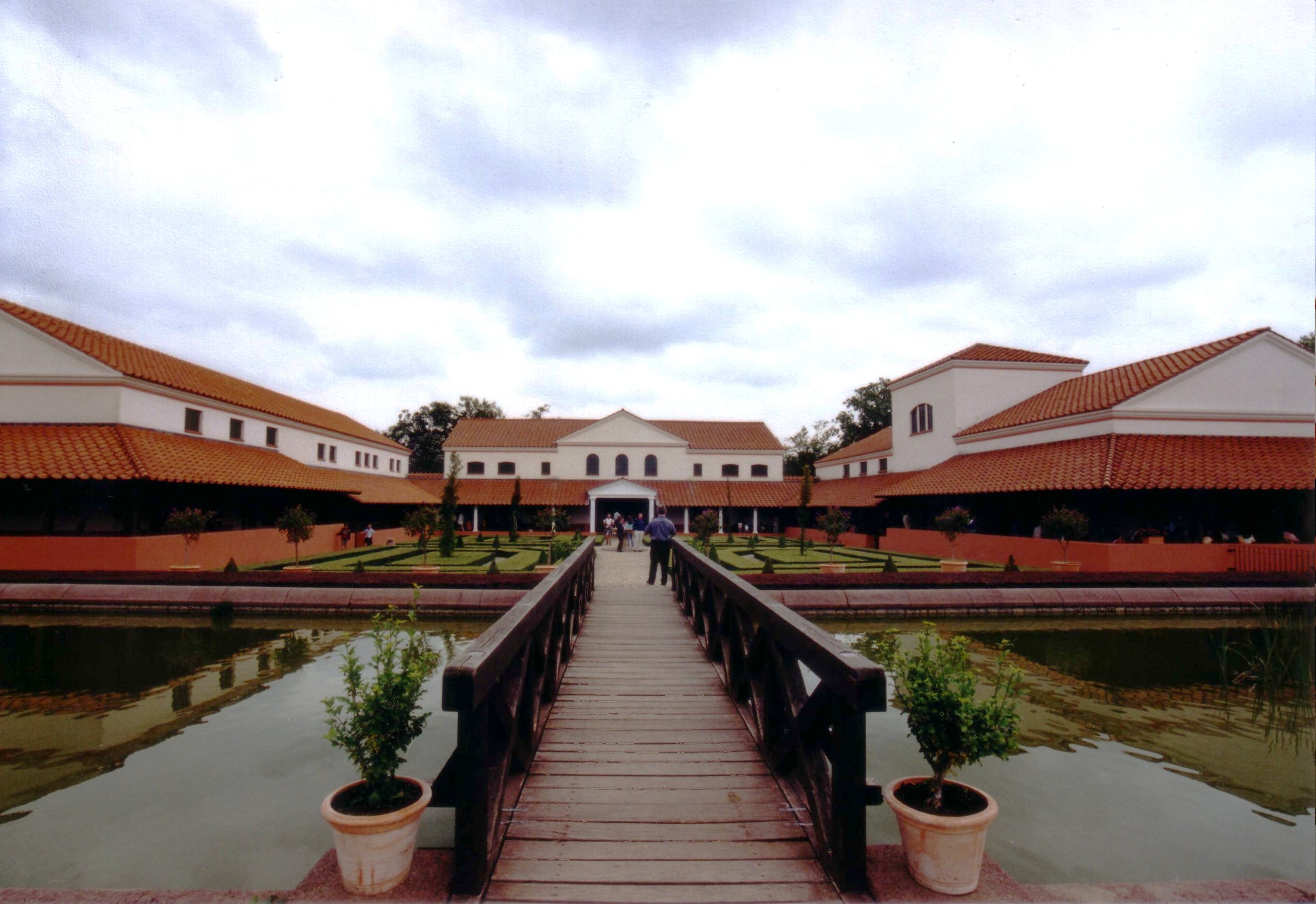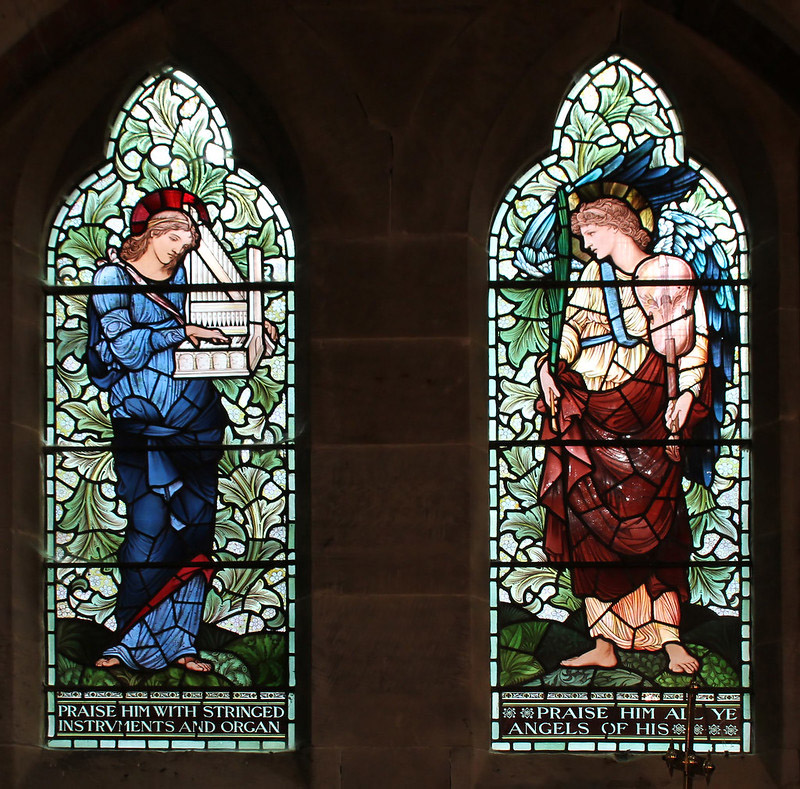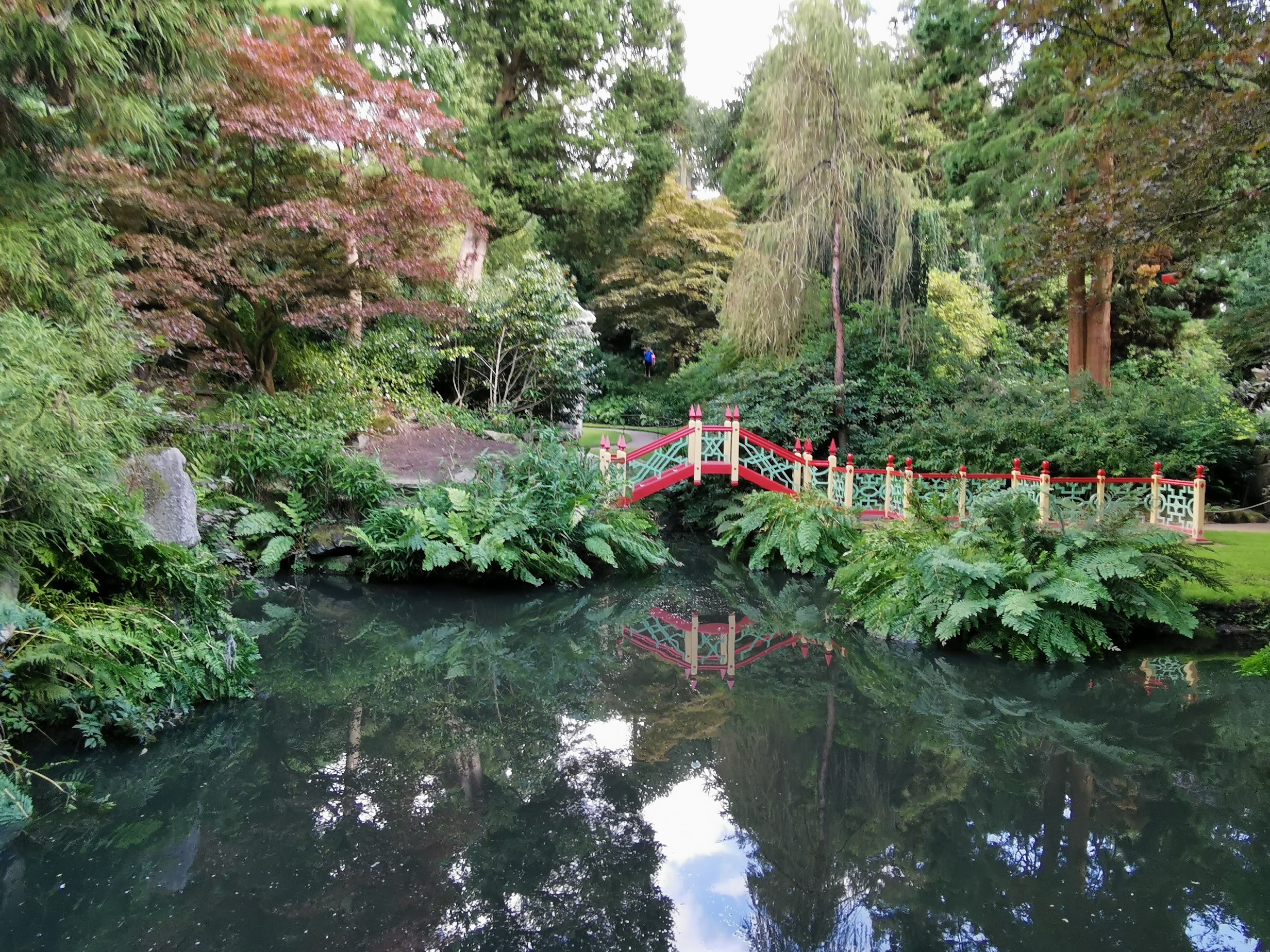
Dr. Birgitta Hoffmann
A Nero Coin in the American Academy in Rome (RIC I ,2/ Nero #306; BMC 227) show the temple has a small rectangular building with a large door and little architectural decoration. No columns, no pediment.

Ianus as a good of beginnings and endings (and thus of doorways – Ianua in Latin) was on of the oldest temples in Rome. According to Livy (book 1,19,2) the temple at the bottom of the Argiletum had been established by Numa the legendary ‘good king or Rome and creator of most of the religious traditions within the city.
Identifying the Ianus temple on the ground is fraught with difficulties. We know it was situated along the Argiletum (the main road that left the Forum Romanum heading north and into the Subura), but at least from the reign of Domitian onwards, much of this space was taken up with the Forum Transitorium. Traditionally, it has been assumed that the Ianus Temple was to be found at its southern end, but the recent excavations failed to identify a temple structure similar to the temple of Minerva on the North end, so the temple of Janus Geminus (Janus with the two heads) remains elusive. We know from Procopius (BG (1)25 (2f) and Pliny the Elder (NH34,33) that the statue was one of the oldest in Rome and apart from the double head carried a staff and a key (the attributes of a doorkeeper in Rome). We know it was an archaic bronze statue that was nearly 2 meters tall, and dated to before the 2nd c. BCE.

So why would such a small temple be so important? Mainly because of its age and of the associated rites.
At a time when more people were studying Latin, Ovid’s ‘interview with Janus’ at the beginning of Book I of the Fasti was something that a lot of Classics/Roman Archaeology students would remember from school. Here Janus defines himself as a god of Chaos and Order and thus of the natural rhythm in nature, but also as a guardian of Rome in peace and war.
As a god of beginnings, his is the first sacrifice of the new year and Ovid also tells us about the gifts that are given as part of the celebrations after the sacrifice people exchange dates, figs and honey, and most importantly, small coins. After that, you made a (token) start at your work to ensure good luck for the year. Just a ‘token start’, the Kalends of January are a day off in Rome same as for us. But these rites appear to have taken part in the Roman home, rather than at his temple. And the only other public impression he would have made to the people of Rome was at the Nones of January (the 7 January) when the first ludi (Games) were dedicated to him.
There are very few private dedications to Janus, he was not a god that inspired a large following outside the New Year.
Beyond being the glorified gatekeeper of the year – and remember, the gatekeeper is one of the lowliest jobs available in a Roman household, Ianus is also the guardian of war and peace, with the doors open as long as Rome remained at war.
When you look for public commemoration of this God in Rome, there is a dedication to him on the Janiculum (where he is believed to have originally lived as the first king of Latium, before even the God Saturn arrived) and two old temples, one on the Forum Holitorium (near the circus of Marcellus), which was promised and dedicated after the Battle of Mylae (260BCE) and the small temple at the Argiletum.
The doors of this temple did not move very much, Rome remained at War for much of its War and our (admittedly incomplete records) show that the temple was closed in 235 BCE by T Manlius and by Augustus. The third time was under Nero in 64 or 66AD i.e. after the conclusion of the war with Parthia and the conclusion of the peace deal, regulating the situation of Armenia vis-à-vis both Rome and Parthia.
Ianus remains one of these gods we would like to know more about – did the doors really not close after Nero? Where was the temple exactly and how big was it? But like with much of Roman religion our records are far from complete and we are reconstructing as best as we can.
If you want to know more about Roman Religion or the results of the excavations of the last 25 years in Rome, please check out my online courses on Thursday night (Rome) and Friday afternoon (Temples). I look forward to continuing the discussion with you there.





